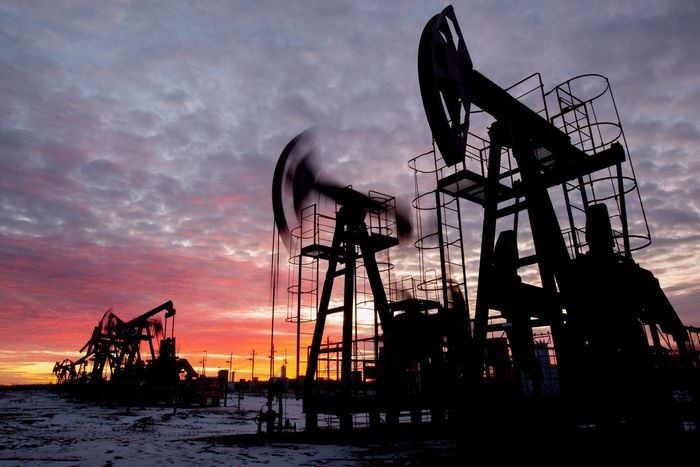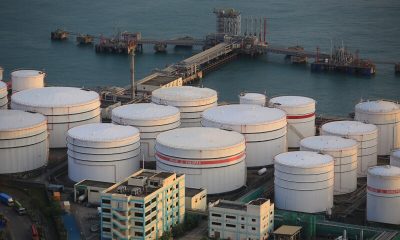Commodities
Oil gains for the week as supply cuts balance demand concerns

Oil rose on Friday and posted a weekly gain, as higher Chinese demand and OPEC+ supply cuts lifted prices, despite expected weakness in the global economy and the prospect for further interest rate hikes.
Brent crude gained 94 cents to settle at $76.61 a barrel. U.S. West Texas Intermediate (WTI) crude rose $1.16 to $71.78.
Brent posted a weekly gain of 2.4% and WTI rose 2.3%.
Oil has gained this week on hopes of growing Chinese demand. China’s refinery throughput rose in May to its second-highest total on record and Kuwait Petroleum Corp’s CEO expects Chinese demand to keep climbing during the second half.
Also supporting crude are the voluntary output cuts implemented in May by the Organization of the Petroleum Exporting Countries (OPEC) and its allies, plus an additional cut by Saudi Arabia in July.
Russian Energy Minister Nikolai Shulginov said it was “realistic” to reach oil prices of around $80 per barrel, Russian state news agencies reported.
Shulginov also said Russian oil and gas condensate production is expected to fall by around 20 million tonnes (400,000 barrels per day) this year, reiterating Russia’s expectations.
In Iran, crude exports and oil output have hit new highs in 2023 despite U.S. sanctions, according to consultants, shipping data and a source familiar with the matter, adding to global supply when other producers are limiting output.
U.S. oil rigs fell by four to 552 this week, their lowest since April 2022, while gas rigs fell by five to 130, their lowest since March 2022, energy services firm Baker Hughes Co said.
Capping oil price gains was the prospect of rising interest rates, which could slow economic growth.
The Bank of England is set to raise interest rates by a quarter of a percentage point next week. The European Central Bank lifted rates to a 22-year high on Thursday and the U.S. Federal Reserve signalled at least a half of a percentage point increase by year-end.
Investors have been closely watching interest rates and commentary from Fed members.
“We’re going to be going from Fed speaker to Fed speaker, and data point to data point,” Phil Flynn, an analyst at Price Futures Group, said of oil prices.
Money managers cut their net long U.S. crude futures and options positions by 13,191 contracts to 73,273 in the week to June 13, the U.S. Commodity Futures Trading Commission (CFTC) said.
Commodities
Oil prices rise; U.S. crude inventories plunge, Russia-Ukraine truce eyed
Commodities
India’s Reliance to stop buying Venezuelan oil over US tariffs, sources say
Commodities
Oil prices climb on Venezuela supply worries

 Forex3 years ago
Forex3 years agoForex Today: the dollar is gaining strength amid gloomy sentiment at the start of the Fed’s week

 Forex3 years ago
Forex3 years agoUnbiased review of Pocket Option broker

 Forex3 years ago
Forex3 years agoDollar to pound sterling exchange rate today: Pound plummeted to its lowest since 1985

 Forex3 years ago
Forex3 years agoHow is the Australian dollar doing today?

 Cryptocurrency3 years ago
Cryptocurrency3 years agoWhat happened in the crypto market – current events today

 World3 years ago
World3 years agoWhy are modern video games an art form?

 Commodities3 years ago
Commodities3 years agoCopper continues to fall in price on expectations of lower demand in China

 Economy3 years ago
Economy3 years agoCrude oil tankers double in price due to EU anti-Russian sanctions



































